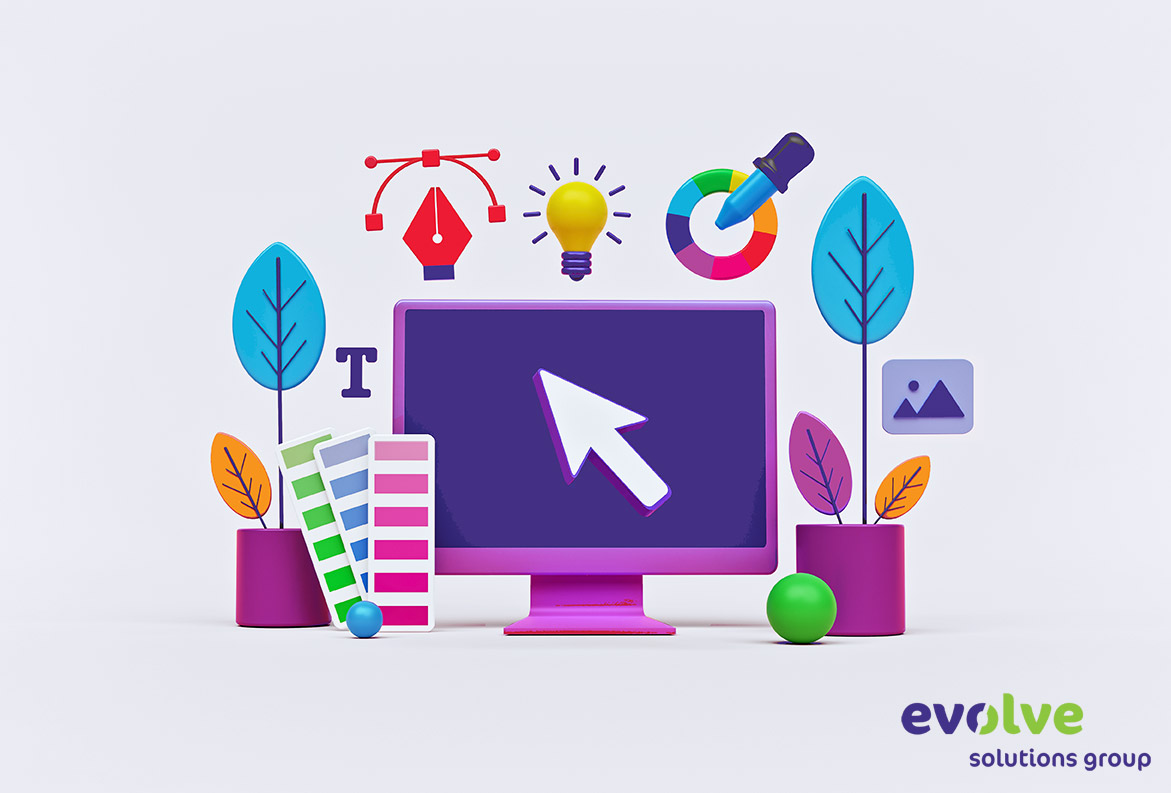Creating a training simulation prototype is a great starting point for design efforts and getting early feedback, allowing for quick, cost-effective idea exploration and early problem identification. It encourages collaborative feedback integration from the start, with opportunities to update and align the final product with user needs and objectives. Prototypes make abstract ideas tangible, facilitating better visualization and suggestions. Most importantly, it helps clients and stakeholders understand your visions for the design and outcome of the project.
With some differences in approach, rapid prototyping can work for both process and task simulations, as well as software simulations. Early prototyping can help avoid expensive, time-consuming corrections later on – and in many cases, it can help identify unknown process or software flaws. This process ensures simulation designs are user-centric and have achievable objectives that align with training strategy, as well as business goals.
So how might you go about rapid prototyping a simulation for learning in order to get stakeholder buy-in and input? Let’s take a look at the steps:
1. Document Processes:
Understand the steps the user must achieve, whether it’s a hands-on process or software process. Document each step and action using flowcharts, graphs, or whatever works for you. PowerPoint, Figma, Twine, Miro, Asana, and Lucidchart are all tools that can help you achieve this. Figma and Twine can also serve as the backbone of your prototype as more interactive tools to help showcase your simulation ideas.
2. Storyboarding Interactions and Flow:
For simulations prototyping, the storyboard is like a beefed-up flowchart – here you’ll take your documented steps and add in some story elements and make it feel like a more realistic example, with some ideas for background information, challenges, decision points, and rewards or corrections. This serves as your blueprint, ensuring a coherent structure and identifying crucial learning moments.
3. Ideate Core Functionality:
Focus on conceptualizing the prototype’s essential interactions and mechanics – keeping in mind the core learning objectives – and integrate this into your storyboard/prototype. Use notes and placeholder content for text and media to suggest context without finalizing details. Notes like “An interaction where the user would….” or “User decision point to choose either X or Y…” or “Some more details about….” or “Placeholder for animation demonstrating….” should be common at this stage throughout.
Depending on your chosen development medium, you’ll also at this stage want to add some design specifications to assist your development team and keep your simulation functionality in check. For example, if developing in Storyline, you’ll want to describe whether a particular interaction should be implemented with say, a hotspot activity or a drag and drop. Your clients might not be as interested in that level of detail, but as the designer you’ll need to consider what’s realistic to develop with the tools you’re using, within the timeframe of the project, and the expertise of your development team.
4. Basic Visual Design:
Implement simplified graphics and a basic user interface. Try to keep this as clean and visually appealing as possible – it might not be its final form, but people are inherently visual, so if your initial design is visually messy or overwhelming, you’re not going to impress your clients or stakeholders, and they may lose faith in your ability to execute and finalize the project. Aim for clarity and simplicity over aesthetic completeness and be sure to give disclaimers; but just know that no matter what, clients and stakeholders are going to have a hard time envisioning a beautiful interface if you hand them a sloppy napkin sketch.
Remember, you can prototype your simulation more quickly in a simplified tool like Twine, then provide a mockup of an interface to help your stakeholders visualize as they navigate the prototype. This way you don’t have to directly build everything up front in your chosen medium. Keep in mind that this depends on your final medium – sometimes it’s just as much work or more, to draft up a pretty interface design in PowerPoint, iterate a few times, and then recreate same thing over again later in Storyline, rather than just drafting the interface in Storyline from the get-go (and using Review 360 tools to easily gather organized feedback.) You’ll have to look at your available tools and skills to make that determination for your own project needs.
5. Internal Review and Iteration:
First decide and clarify with your clients or stakeholders how you will be reviewing the project and gathering feedback. It might be best to perform your internal review in the same manner as your clients will see it, so you know what hurdles they might encounter.
The designer or those working on the prototype should not be the ones conducting the internal review – it’s best to get someone outside or ancillary to the project that can review with fresh eyes. However, it will be helpful to provide them with some initial information on the project and project goals – but no more than what you plan to provide your stakeholders or clients. Have them conduct a thorough internal review of the prototype to ensure it meets initial objectives, provides a holistic view of the simulation design, and is user-friendly. Prepare and leave some additional time for iteration based on this internal feedback, optimizing the prototype for client presentation and further refinement.
This condensed approach to rapid prototyping and storyboarding simulations focuses on efficiently demonstrating the simulation’s potential while gathering early feedback – paving the way for detailed development and adjustments, which are crucial for a successful learning experience.

